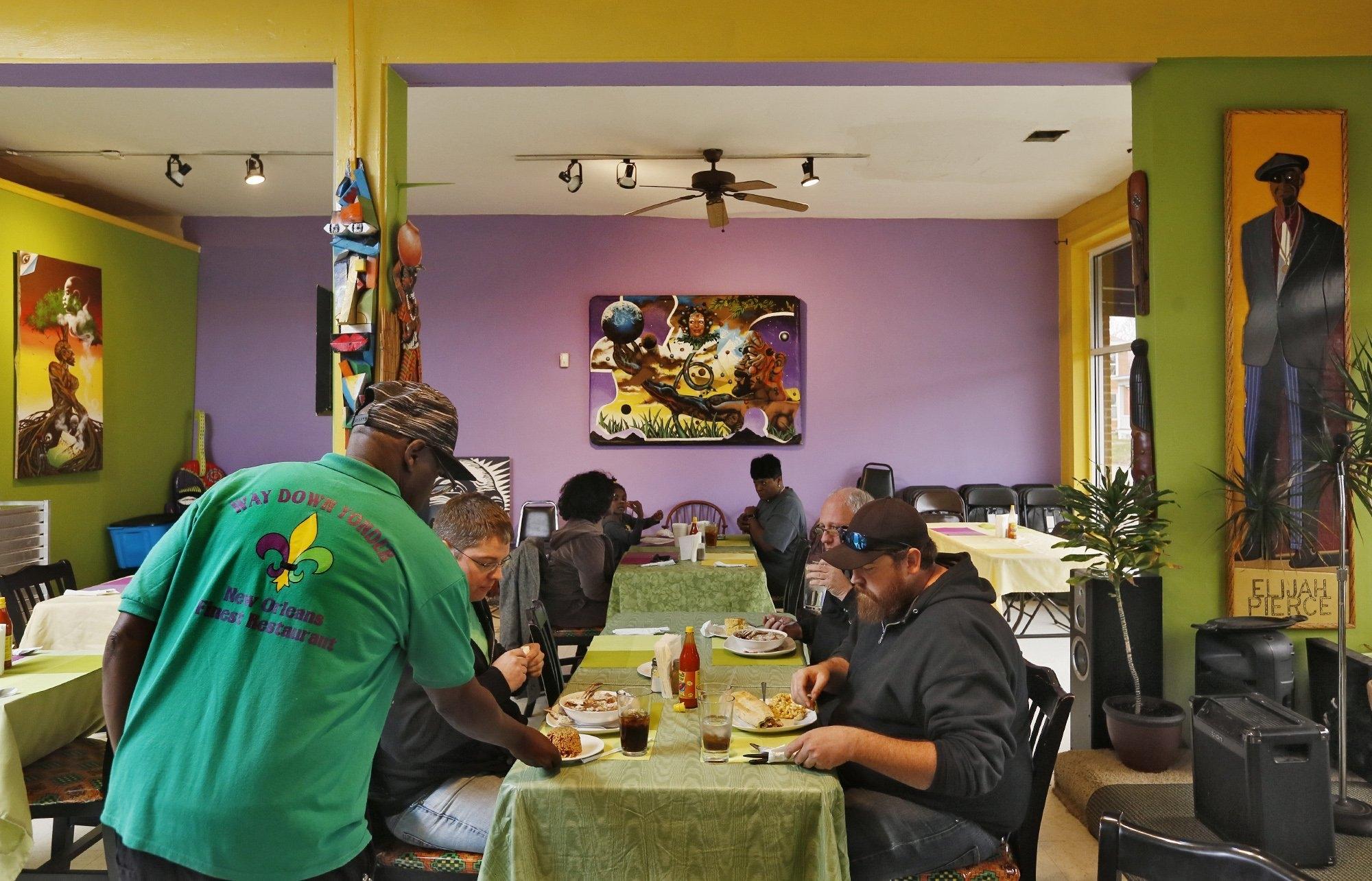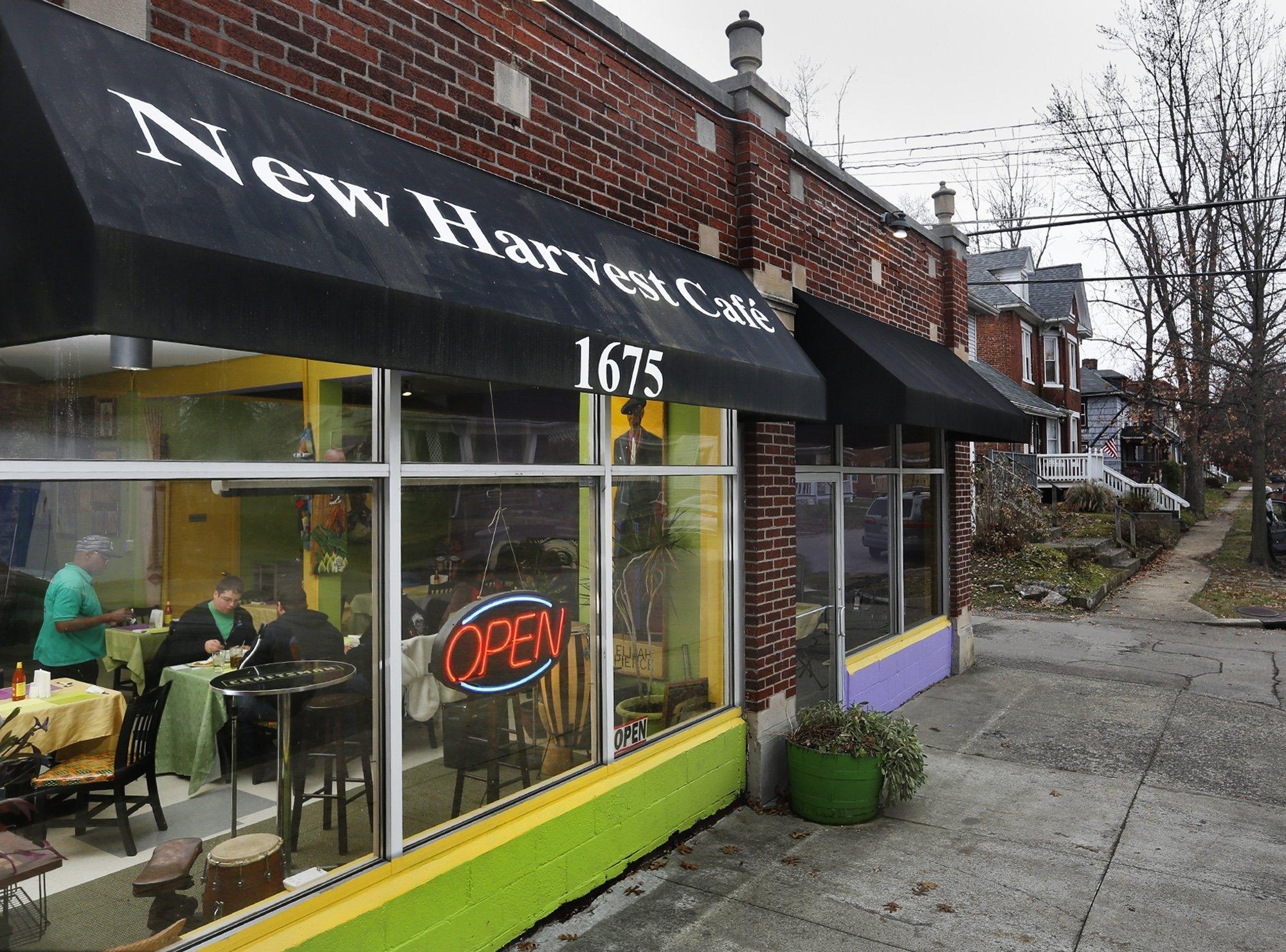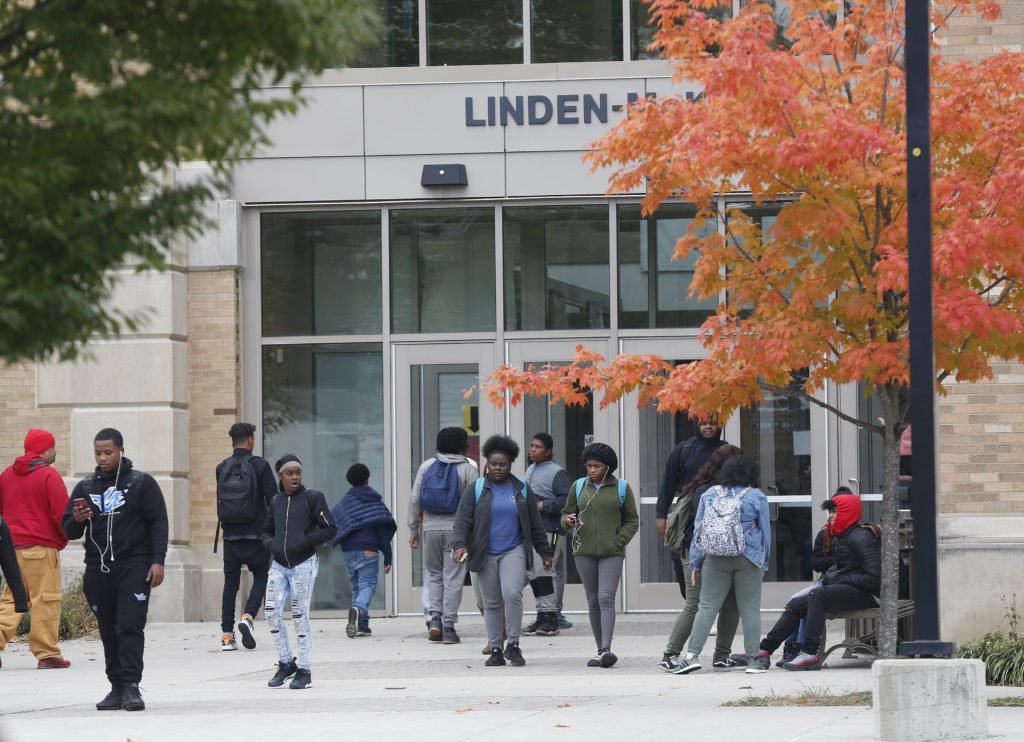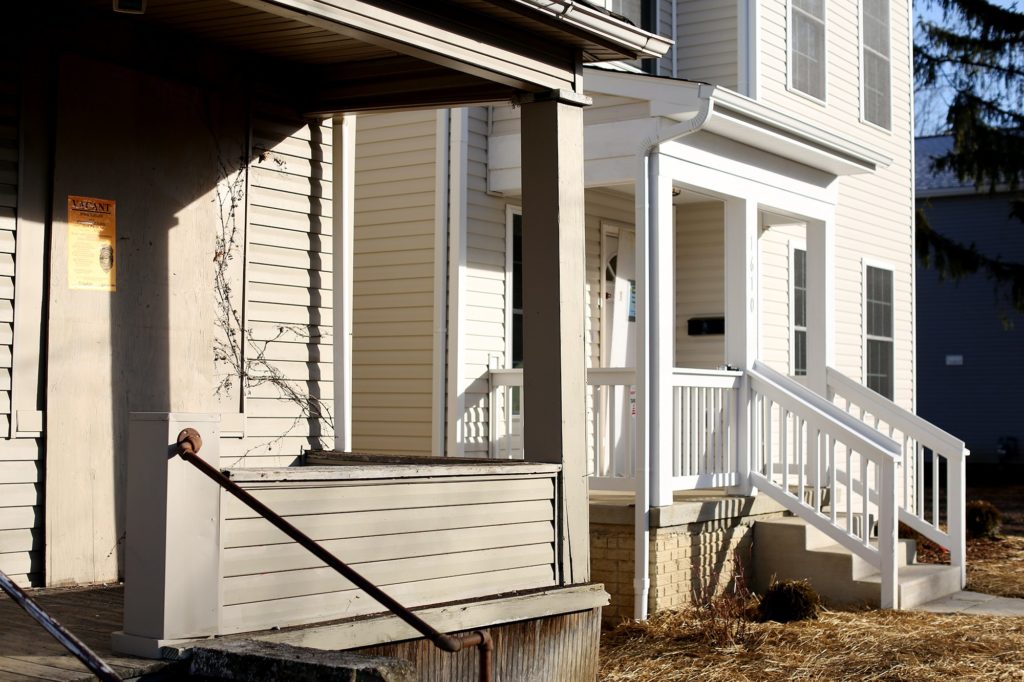LIVING IN LINDEN
Exploring a neighborhood's struggles and possibilities
Creating a downtown Linden will enliven Cleveland Avenue, advocates say
Nov. 25, 2018
Decades ago, Cleveland Avenue was a thriving retail corridor, with bakeries, drugstores, auto dealers, you name it. In 1960, around 54,500 working-class residents lived in North and South Linden.
Today, about 35,900 residents live in the two Lindens, and the retail industry has changed across the country.
So revitalizing Cleveland Avenue can't rely exclusively on bringing retail back to the corridor, said Steve Schoeny, the city’s economic development director.
And it's going to take creativity, one local businessman said, to create destinations for visitors.
The city is creating "nodes," or point of concentration plans, for the Linden area, including the Cleveland Avenue corridor. One of those nodes would be at the intersection of Myrtle and Cleveland avenues, where the city envisions a downtown Linden.
Developers are seeking to grow what Schoeny called “third places” for people to gather in the neighborhood. Building up retail and other small businesses along with residential development will attract more people to live in Linden, Schoeny said.
Once residents are there, Cleveland Avenue will be key to connecting them to jobs, he said. The corridor is at the center of a large neighborhood at the crossroads of multiple job centers Downtown, at Easton, around Ohio State University and in the Milo-Grogan neighborhood northeast of Downtown.
“Linden grew up there for a reason in that it’s a great location," Schoeny said. "We just have kind of lost the connections that make that matter, and we’re re-establishing those connections. That takes a little bit of time.”
Cleveland Avenue already has some of the physical characteristics that make for an attractive commercial corridor, City Council President Shannon G. Hardin said. Building more density in the corridor will be important to growing commercial nodes, he said.
As Cleveland Avenue develops, Schoeny said more buildings probably will be torn down rather than revitalized.
“If you can’t insure a building it probably needs to come down, because it’s a safety issue,” he said. “The default is always to try and save and reuse what’s there, but you can’t do that without an analysis of what’s truly best for the neighborhood.”
Change underway
Some buildings already are being razed near the intersection of Myrtle and Cleveland avenues, as the city’s nonprofit development arm starts to prepare the area for redevelopment. Schoeny said Mayor Andrew J. Ginther will want the city to take an “aggressive” approach to building up infrastructure in that area to spur development.
The city's development arm, Columbus Next Generation Corp., bought 2.6 acres near the intersection of Myrtle and Cleveland avenues for $400,000 and demolished a long-vacant building there. It is now taking offers from developers to build a mixed-use building with first-floor commercial spaces and apartments above.
Boyce Safford, Columbus Next Gen's executive director, said it makes sense to try to forge a downtown Linden there because there's already a concentration of commercial properties.
"The big thing is to make it become a greater destination, something that will attract people there, who will want to live near that," he said.
The intersection of Myrtle and Cleveland was an obvious target for downtown Linden, Schoeny said, because it already has “authentic character” around ethnic restaurants in Ena’s Caribbean Kitchen and New Harvest Cafe.
Hardin said one of the key steps "of getting an area primed for development is making sure the infrastructure is there to support it, making it friendly, walkable and safe. A lot of times, it’s doubling down on what is working. Supporting that and giving other options around that to continue that growth.”
Though the city’s own development at East 11th and Cleveland avenues, spearheaded by former Mayor Michael B. Coleman's administration, has not developed as a large commercial area, Hardin said it has been a gathering point for civic organizations.
“Folks need to see the city and community coming together and say we are putting a stake in the ground for continued growth and opportunity,” he said. The Four Corners area includes the Columbus Metropolitan Housing Authority headquarters, a Central Ohio Transit Authority center, an office building that houses the city's Department of Neighborhoods, and a police substation.
Cynthia Cofer-Gallman, of Take a Look real estate, is trying to sell a shuttered grocery at 1464 Cleveland Ave. for $250,000. She said several people have looked into buying it.
The building was in contract to be sold earlier this year, but the buyer ended up flying to Africa to deal with a family emergency.
She said there's a lack of shopping destinations in Linden. "You have to go to Morse Road or Mock Road or the Short North," she said.
Kerry Reeds, executive director of the nonprofit Neighborhood Design Center, which worked on the recently completed One Linden community plan, said the days of contiguous retail corridors in Columbus, with the exception of High Street, are gone. "I think what will happen is we're going to have pockets of intense commercial activity," he said.
Like what you're reading?
Stories that inspire. Coverage that informs. Investigations that affect change. This is real news just when it's needed most. Subscribe today. Subscribe
Comforting food and people
Kwodwo Ababio runs the New Harvest Cafe near Myrtle and Cleveland avenues. The city wants to build around his business' success.
Ababio said he has brought entertainment to his spot and started another new restaurant, Way Down Yonder, which features Cajun/Creole fusion cuisine.
He said it's going to take creative ideas to make a downtown Linden a reality.
"We’re bringing the comfort food, the entertainment, to stimulate the community," Ababio said. "Make this more or less like an incubator for economic growth."
John and Claudia Riley have lived in the Kenmore Park area of Linden for 44 years, and remember what Cleveland Avenue used to be like.
"Doughnut shops, sit-down drugstore soda fountains, Burger King, hardware store, furniture store, neighborhood grocery store," said John Riley, 75, and a retired Columbus City Schools teacher.
Riley said shoppers could be brought back to Cleveland Avenue if some things change. "We know, No. 1, that people have to feel safe," he said.
Hardin agreed that the city has to help repair the corridor’s reputation as unsafe to help attract more people and businesses.
Police officers in Linden have been getting to know business owners so that they can learn their operating hours, Cmdr. Jennifer Knight said. When officers learn business patterns, it’s easier for them to spot something out of the ordinary.
Police also conduct safety assessments for businesses to help them analyze lighting and environmental factors that could contribute to crime, she said. When businesses become havens for crime, the city has targeted them through nuisance abatement, she said.
From May to September, when the city was operating its Safe Streets Initiative, a bike patrol pilot that launched in Linden, property crimes dropped by 30 percent in the neighborhood, though reports of violent crime increased by nearly 10 percent. The increase in violent crime was attributed to a spike in guns fired at homes and could have been linked to gang retaliations, according to a report Knight wrote about the program.
Knight said police have cracked down on crime along side streets as well. Prostitution and drug crimes that often precipitate more violent crime have been dropping in the area, she said.
"The Cleveland Avenue corridor does not exist in a bubble,” she said. “It is attached and an anchor to the neighborhood.”


